The Greatest Generation: 5 Essential Books About World War II
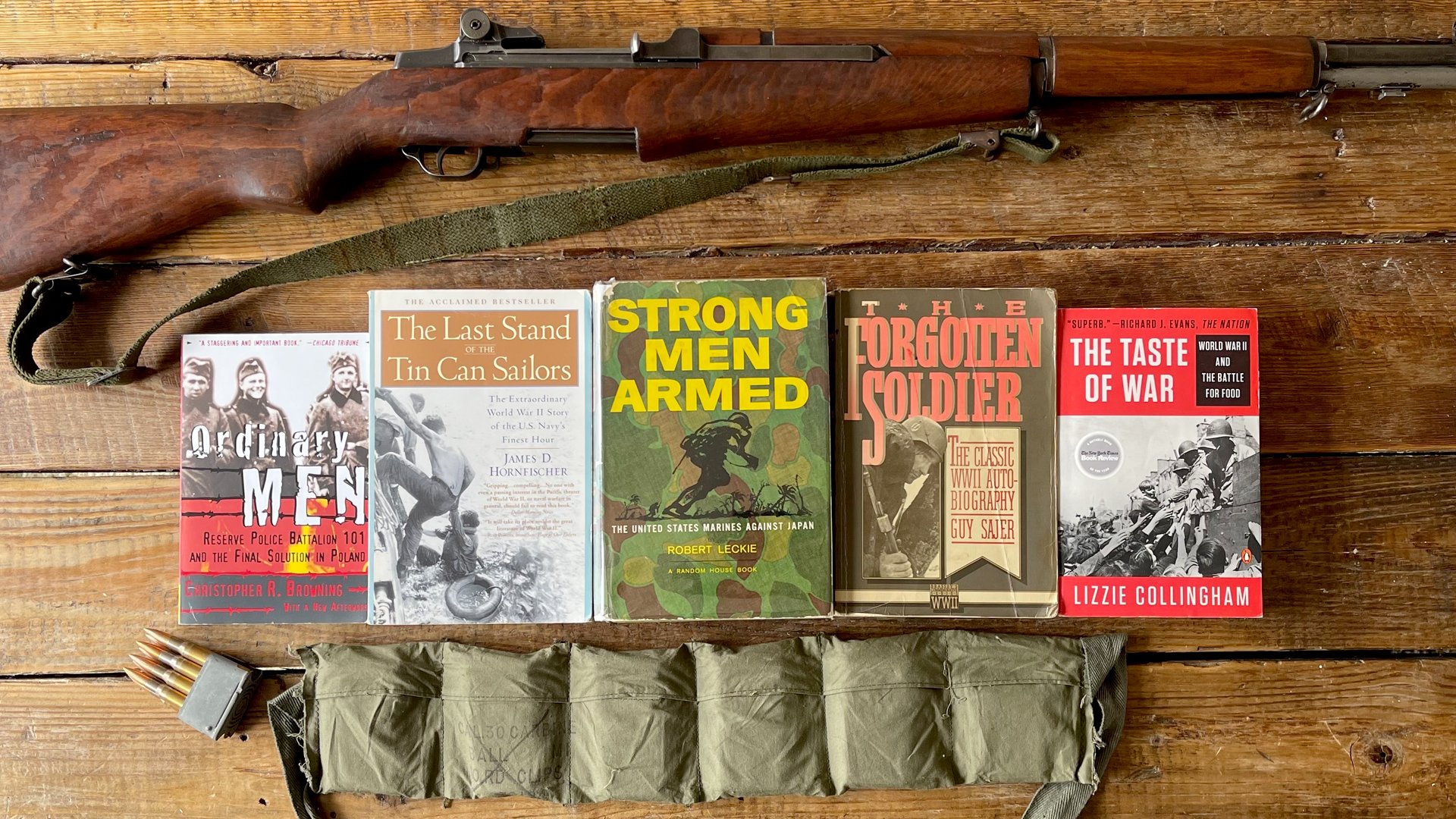
There are more books about WWII than you could read in a lifetime, but here are 5 essential books to better understand the largest conflict in human history. Photo by Mac Caltrider/Coffee or Die Magazine.
More than three-quarters of a century after its end, World War II continues to captivate the world’s imagination. Movies, video games, and books still rely on the era as a source of entertainment; historians still study what led to such a calamity and how it was brought to an end. The human cost of World War II is widely debated, but most estimates assert more than 20 million combatants and 50 million civilians were killed in just four years of fighting. It remains the largest war in human history, and the ripples of its impact continue to shape international relations. These five books of varying perspectives provide a glimpse into World War II and the immense undertaking of those who participated in the global meat grinder.
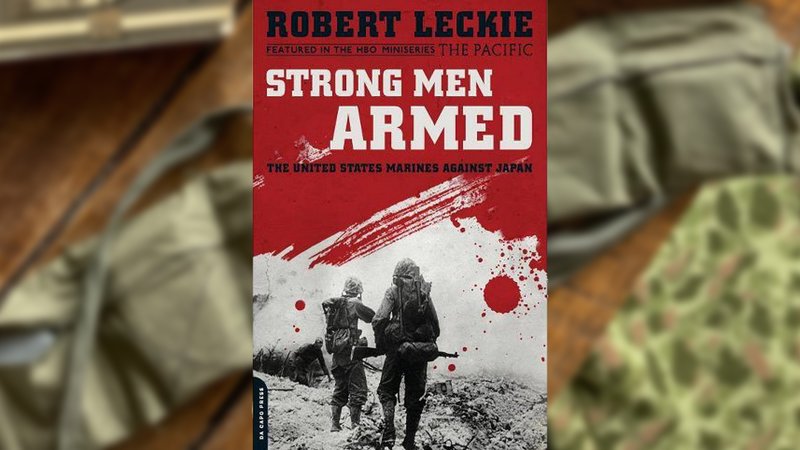
WWII veteran Robert Leckie is best known for his memoir Helmet For My Pillow, but Strong Men Armed paints a much clearer picture of the Pacific theater. Photo by Mac Caltrider/Coffee or Die Magazine.
Strong Men Armed: The United States Marines Against Japan
by Robert Leckie
Robert Leckie — Marine veteran of Guadalcanal, Cape Gloucester, and Peleliu — is best known for his war memoir Helmet for My Pillow, but it’s his 1961 chronicle of the Pacific that paints a more complete picture of the Marines’ unique role in that theater.
The duel in the Pacific between America and Japan is well documented, but few books provide such a thorough account focused entirely on the US Marine Corps’ contribution to the Allied victory. While the Marines played a minimal role in the European and African theaters, the smallest branch of America’s armed forces was critical in the destruction of Japan’s empire.
Leckie’s writing flows effortlessly from focused perspectives of the men in foxholes and cockpits to wider views of the strategic big picture. Beginning with the lesser-known fights on Tulagi and Makin, Strong Men Armed highlights the Marine Corps’ relentless drive across the Pacific to the climactic battle of Okinawa and eventual occupation of the Japanese mainland.
Unlike the European theater, the brawl in the Pacific included rampant disease, incessantly bad weather, and a fanatical enemy that refused to surrender. Combat in the Pacific devolved into a hellscape profoundly different from Europe, and Leckie’s account of the island-hopping campaign is an inspirational tribute to the fighting spirit of the Marine Corps and a simultaneous critique of the depths of human depravity.
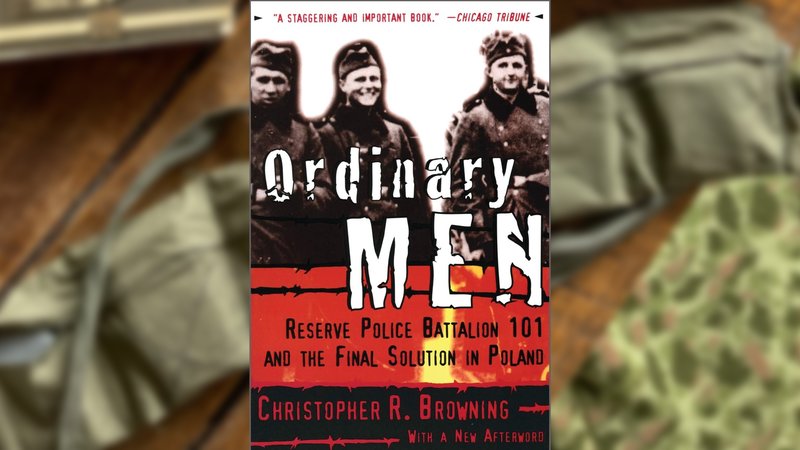
Ordinary Men is a terrifying examination of how seemingly normal people are capable of committing atrocities. Photo by Mac Caltrider/Coffee or Die Magazine.
Ordinary Men: Reserve Police Battalion 101 and the Final Solution in Poland
by Christopher R. Browning
Any understanding of WWII would be incomplete without a serious study of the greatest human rights violation in history: the Holocaust. There are heaps of important books from the Jewish perspective of Hitler’s attempted “final solution,” but understanding the perpetrators is a better way to comprehend — and prevent — such tragedies from recurring.
Focusing on a German police battalion that carried out mass executions in occupied Poland, Browning attempts to explain how such acts of evil can be carried out by seemingly normal people. He convincingly argues that many of the Holocaust’s perpetrators were ordinary people who were coached and prodded into taking part in the attempted extermination of the Jewish people of Europe by true sadists like Hitler, Himmler, and Eichmann. Ordinary Men reveals the atrocities people will carry out when a shared sense of responsibility is fostered among them. Despite becoming physically ill while executing civilians who ranged from the elderly to infants, members of Reserve Police Battalion 101 continued their mass murder so their comrades would not have to carry the burden of shame by themselves.
In a series of escalatory steps, the men of the German Order Police consolidated Poland’s Jews into ghettos, then either put them into cattle cars to be shipped to extermination camps or killed them themselves in mass shootings. They were responsible for the deaths of at least 83,000 people.
Browning never tries to excuse or shift blame from the Holocaust’s perpetrators; instead, he crafts a stark warning for posterity that humanity is collectively responsible for guarding against future genocides. Readers who are honest with themselves will be forced to confront the horror that if placed in the wrong time and place, they too might have participated in the most egregious crime in human history.
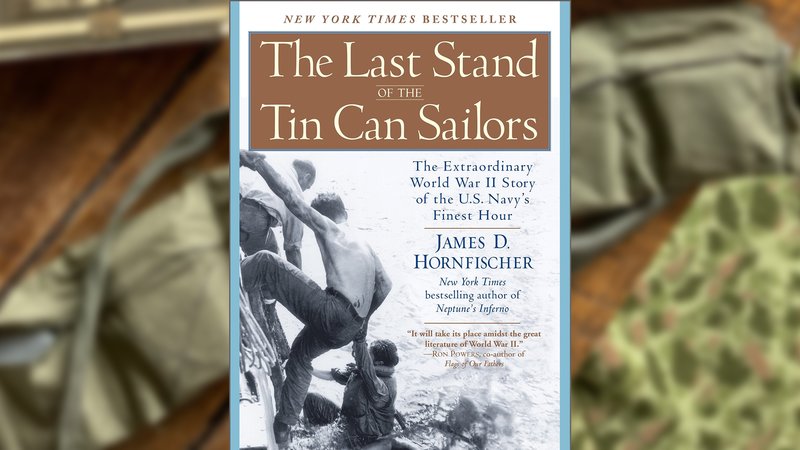
The Last Stand of the Tin Can Sailors is among the best books about combat at sea during WWII. Photo by Mac Caltrider/Coffee or Die Magazine.
The Last Stand of the Tin Can Sailors: The Extraordinary World War II Story of the U.S. Navy’s Finest Hour
by James D. Hornfischer
Adm. William F. Halsey once described the Battle of Leyte Gulf as “the most glorious page in American naval history.” Within that massive naval battle were several smaller engagements, including the Battle of Samar — the focus of James D. Hornfischer’s brilliant book, Last Stand of the Tin Can Sailors.
In WWII, American destroyers were known colloquially as “tin cans” among sailors due to the ships’ relatively small size. Hornfischer recounts the true story of how a group of tin cans attacked and defeated a much larger Japanese naval force during the Battle of Samar. There are few books that describe the unique nature of naval combat so effectively. At sea there is no terrain for seeking refuge, and combatants dutifully fight from their respective battle stations, completely exposed to enemy fire.
The tin can sailors participated in the last surface-to-surface naval battle in history, and their skillful use of their small and fast vessels forced the eventual destruction of Japan’s navy. It’s a classic underdog story that will leave readers with a newfound respect for the more than 60,000 sailors of the United States Navy who died during WWII.
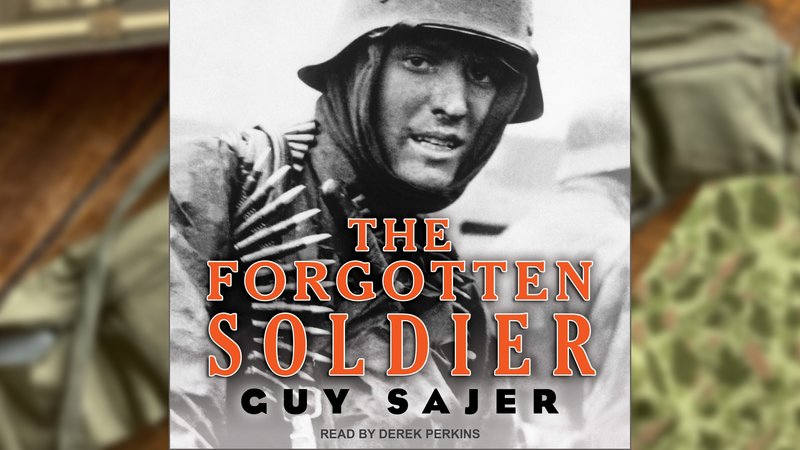
One of the most gripping accounts of combat on the eastern front through the eyes of a German soldier. Photo by Mac Caltrider/Coffee or Die Magazine.
The Forgotten Soldier
by Guy Sajer
Of all the places around the globe touched by WWII’s tornado of destruction — the skies, the seas, North Africa, Asia, and the Western Front — the overwhelming majority of military casualties came from the Eastern Front, where Russia and Germany faced off in the bitter cold.
In his memoir, Guy Sajer, a veteran of Germany’s Panzergrenadier Division, recounts in appalling detail what fighting in the deadliest corner of the war was like, unveiling the massive scope of destruction on the Eastern Front.
“Too many people learn about war with no inconvenience to themselves. [...] One should read about war in the worst circumstances, when everything’s going badly, remembering that the torments of peace are trivial, and not worth any white hairs,” Sajer writes, forcing readers to imagine themselves side by side with him in the mud and the blood.
The Forgotten Soldier is tenacious in its drive to convey war’s unrelenting assault on the common soldier’s senses.
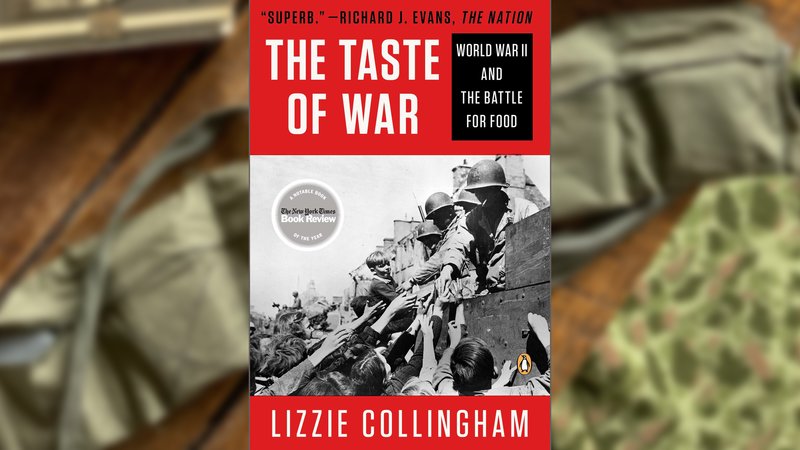
The majority of WWII books focus on battles, but the fight for food played a significant role in the war's outcome. Photo by Mac Caltrider/Coffee or Die Magazine.
The Taste of War: World War II and the Battle for Food
by Lizzie Collingham
The Taste of War is not a straightforward chronology of tactics and battle plans. In a refreshing break from most authors writing about WWII, Lizzie Collingham examines the causes of the war through the overlooked lens of Germany’s and Japan’s need for food. Both Axis powers were unable to feed their citizenry, or their militaries, with domestic food production alone, and Collingham argues the need for food drove Hitler and Hirohito to aggressively expand their empires beyond their abilities to defend new territory.
Armchair tacticians frequently criticize Germany’s decision to invade Russia in winter, but The Taste of War convincingly proposes that Hitler’s starving armies had no choice but to invade east in order to seize viable farmland.
Collingham’s well-researched triumph drastically changes one’s understanding of the war through the lens of food — and she manages to make the subject as interesting as tactics, weapons, and wills.
This article first appeared in the Summer 2022 print edition of The Forward Observer, a special publication from Coffee or Die Magazine.
Read Next: The World of Spycraft: 5 Essential Books About Spies and Secret Agents

Mac Caltrider is a senior staff writer for Coffee or Die Magazine. He served in the US Marine Corps and is a former police officer. Caltrider earned his bachelor’s degree in history and now reads anything he can get his hands on. He is also the creator of Pipes & Pages, a site intended to increase readership among enlisted troops. Caltrider spends most of his time reading, writing, and waging a one-man war against premature hair loss.
BRCC and Bad Moon Print Press team up for an exclusive, limited-edition T-shirt design!
BRCC partners with Team Room Design for an exclusive T-shirt release!
Thirty Seconds Out has partnered with BRCC for an exclusive shirt design invoking the God of Winter.
Lucas O'Hara of Grizzly Forge has teamed up with BRCC for a badass, exclusive Shirt Club T-shirt design featuring his most popular knife and tiomahawk.
Coffee or Die sits down with one of the graphic designers behind Black Rifle Coffee's signature look and vibe.
Biden will award the Medal of Honor to a Vietnam War Army helicopter pilot who risked his life to save a reconnaissance team from almost certain death.
Ever wonder how much Jack Mandaville would f*ck sh*t up if he went back in time? The American Revolution didn't even see him coming.
A nearly 200-year-old West Point time capsule that at first appeared to yield little more than dust contains hidden treasure, the US Military Academy said.












